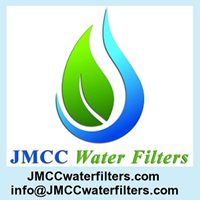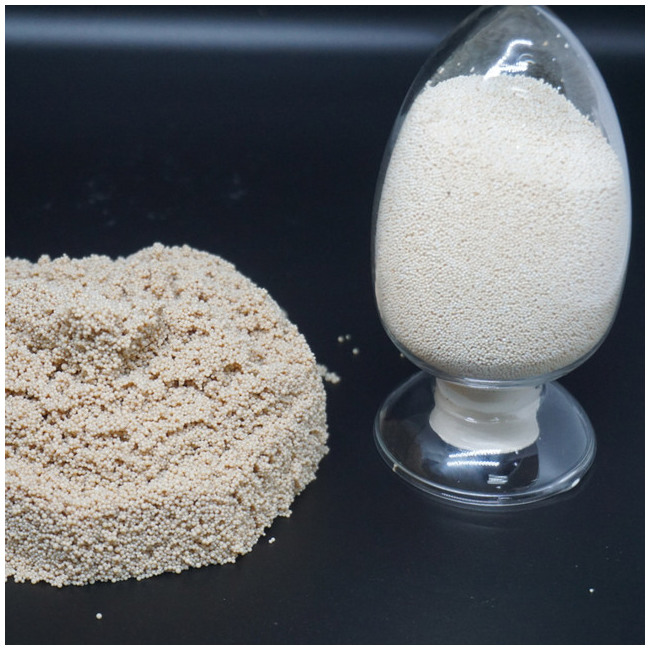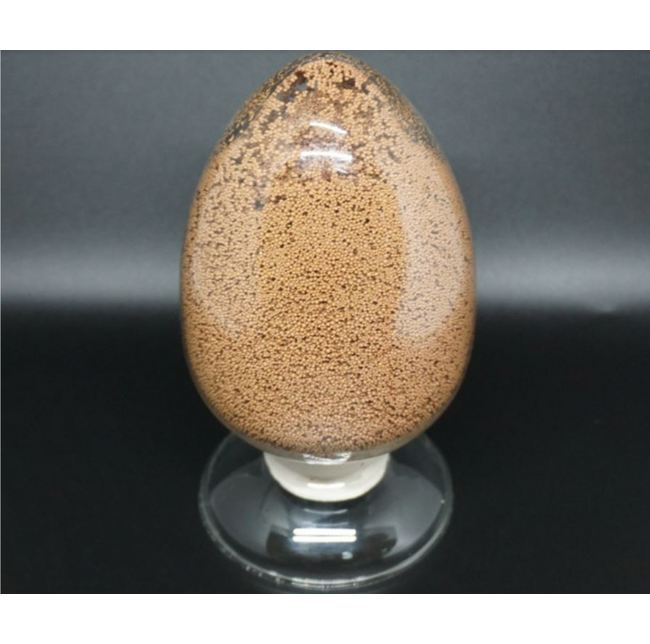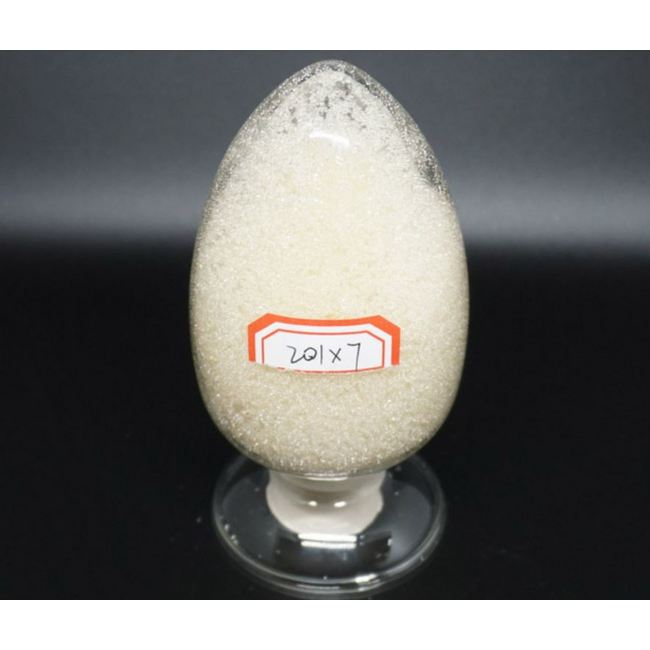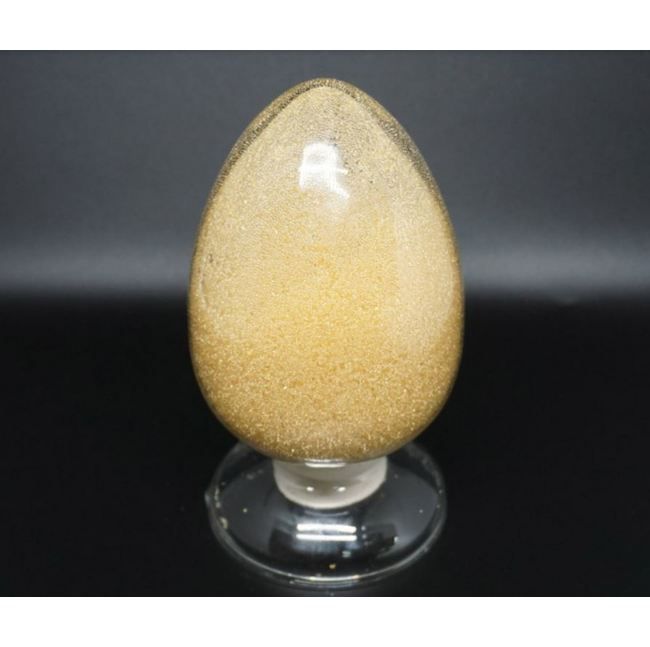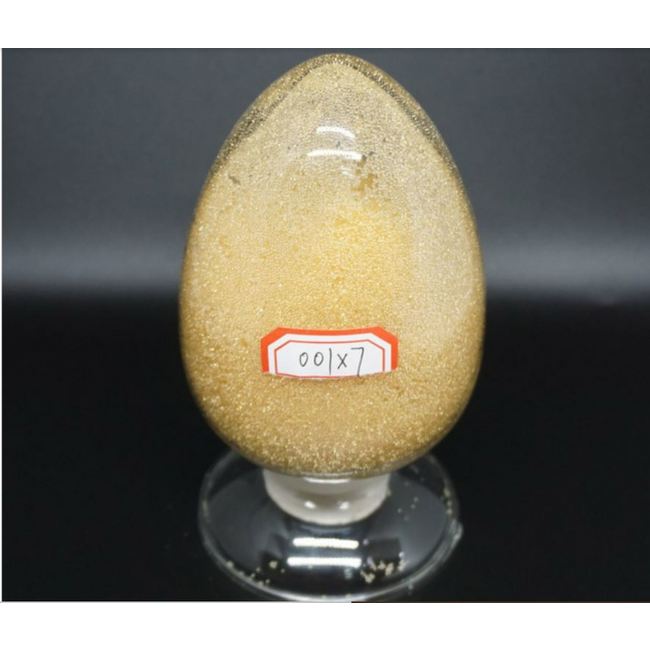D111 Macroporous Weak Acid Cation Exchange Resins
Product Line Description
D111 This is a kind of cation exchange resin which has carboxylic acid groups [-COOH] in the macroporous acrylic acid-divinylbenzene copolymer. It works with large exchange capacity, speedy exchange ability, small volume change, good physical strength and chemical stability, excellent capabilities of contamination and oxidation resistance etc.It is mainly used in extraction of streptomycin, gentamicin, neomycin, lysozyme and other antibiotics, softening and demineralization of industrial use water, removal of heavy metal in waste water, separation and purification of biochemical products, decolorization in sugar industry, removal of ash etc.
| Specifications | |
|---|---|
| Brands | HUAMO JMCC |
| Typical Physical and Chemical Properties | |
| Polymer Matrix Structure | Acrylic Crosslinked with Divinylbenzene (DVB) |
| Physical Form and Appearance | Ivory Opaque Spherical Particle |
| Functional Groups | R-COOH |
| Ionic Form (As Shipped) | H+ |
| H+ Form, Wet, Volumetric Total Capacity | ≥ 2.7 eq/l min |
| Hydrogen (H+) Form Moisture Retention | 55 to 65 % |
| Particle Size Range | 0.3 to 1.2 mm |
| Maximum Percentage (%) for < 0.3 Millimeter (mm) Particle Size | 1 % |
| Maximum Uniformity Coefficient | 1.6 |
| Effective Size | 0.4 to 0.7 mm |
| Maximum Reversible Swelling Sodium (Na+) → Hydrogen (H+) | 75 % |
| Approximate Shipping Weight | 700 to 780 g/L |
| Moist Hydrogen (H+) Form Specific Gravity | 1.15 |
| Potential of Hydrogen (pH) Stability Range | 4 to 14 pH |
| Suggested Operating Condition | |
| Hydrogen (H+) Form Maximum Temperature | 120 ºC 248 ºF |
| Backwash Rate (Bed Expansion) | 50 to 75 % |
| Regenerant Concentration (Hydrogen Cycle – Hydrogen Chloride (HCl)) | 1 to 4 % |
| Regenerant Concentration (Hydrogen Cycle – Hydrogen Sulfate (H2SO4)) | 0.5 to 1.0 % |
| Regenerant Dosage (Hydrogen Chloride (HCl) or Hydrogen Sulfate (H2SO4)) | Hydrochloric Acid (HCl) or Hydrogen Sulfate (H2SO4) Volume:Resin Volume = 3:1 |
| Regenerant Flow Rate | 2 to 4 BV/h |
| Regenerant Contact Time | At Least 40 min |
| Service Flow Rate | 10 to 25 mph |
